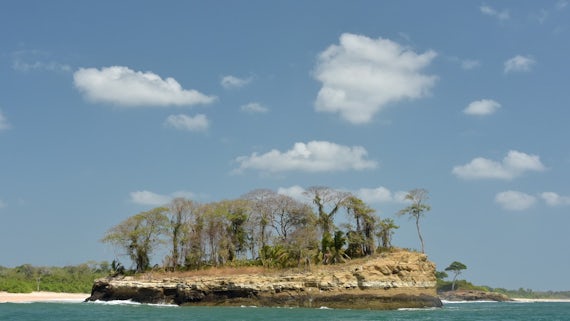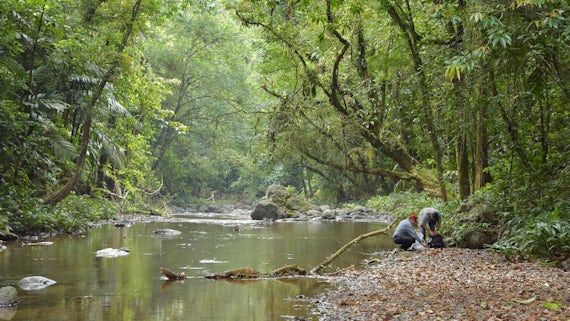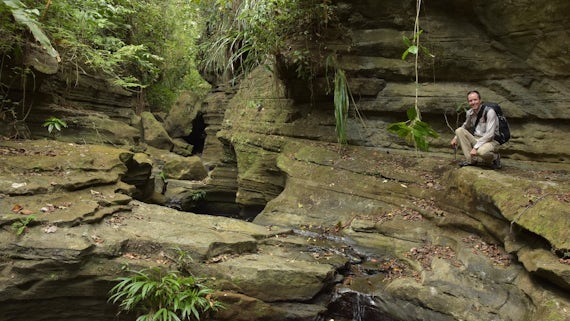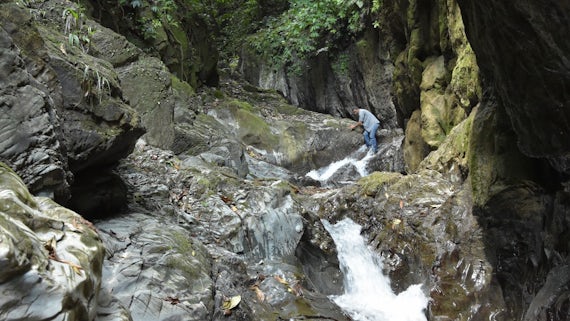Unravelling the evolution of the Panama Isthmus
7 Ebrill 2016

The isthmus between North and South America lies in an influential position geographically, both in a north–south direction, joining two landmasses, and east–west separating two oceans.
David Buchs and Andrew Kerr, from the School of Earth and Ocean Studies, Cardiff University have received a grant from The National Geographic Society to explore the geology of remote parts of Central America and northern South America. The two geologists plan to lead a series of expeditions in Panama and Columbia during which they hope to collect data essential to the understanding of the formation of the Panama Isthmus. Their aim is to investigate the poorly known geology and reconstruct the geographical evolution of the Isthmus of Panama. From the information gathered they plan to piece together how plate tectonics and volcanism have affected the region and the consequences for both evolution and climate change. Much of this region has remained relatively unexplored due to the dense vegetation cover.
The formation of the Isthmus of Panama is, arguably, one of the most important geological events in Earth’s recent history. Around 3 million years ago the development of this strip of land disconnected the Atlantic and Pacific Oceans, transforming the global pattern of ocean circulation, ultimately leading to the climate patterns which we experience today. The creation of the Isthmus also served as a land bridge between the Americas, allowing migration of terrestrial fauna across the Caribbean and influencing the evolution of life in nearby seas and continents. However, new geological data suggest that the formation of the Isthmus is more complicated than previously thought, raising questions about the extent and nature of the effects of the geographical evolution of Panama on the global climate and evolution of life in the Americas.
The first expedition of the project took place in January 2016 in central and eastern Panama. The team explored parts of the densely forested Chagres National Park and remote coastal areas in the Pearl Islands and Darien Province. Preliminary observations conducted in collaboration with the National University of Panama and Panama Canal Authority revealed the occurrence of uncharted fault zones and ancient volcanoes in several parts of the Isthmus. Additional work will be conducted on materials collected from these areas to help unravel the geological history of the Isthmus.



